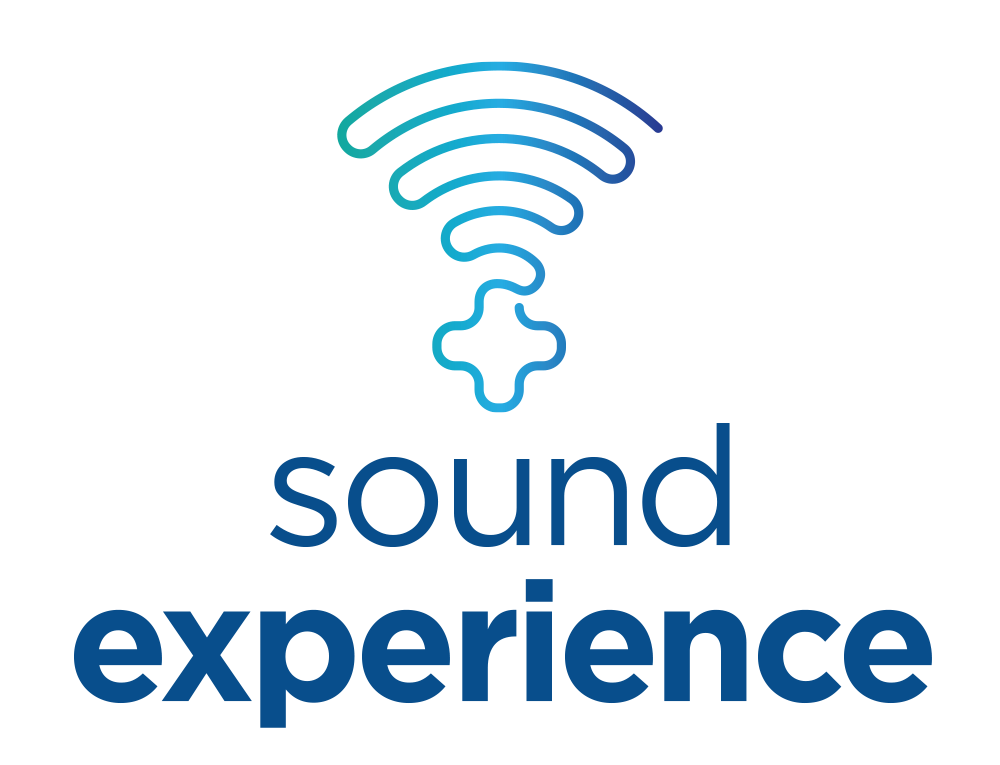Indicators of intra-articular pathology on ultrasound. Part 1
Indicators of intra-articular pathology seen on ultrasound suggest further investigation is required.
A 17-year-old boy was referred for ultrasound imaging having dislocated his left shoulder while playing rugby the previous weekend.
Ultrasound examination (Philips iU22, L12-5 MHz transducer) of the left shoulder was performed. The examination suggested: “Glenohumeral joint effusion with echogenic fluid within the clinical context of recent dislocation typical for haemarthrosis. Recommend specialist review and MRI to further assess for glenoid labral injury.”
Key findings included:
“Left Shoulder: The glenohumeral joint contains increased echogenic fluid seen within the anterosuperior, posterior and posteroinferior parts (Figure A- D). The long head biceps tendon sheath has mild non-vascular soft tissue thickening surrounding the tendon. The tendon is normal size. No tear. The posterior humeral head has some bone irregularity. No evidence of Hill-Sachs lesion. The supraspinatus tendon, the infraspinatus, teres minor, and subscapularis tendons are intact and are normal in appearance. No subdeltoid fluid or thickening. No bursal bunching on abduction limited to 100 degrees. The AC joint is normal.”
Figure A: haemarthrosis in the glenohumeral joint, indicated by hashmarks, long view.
Figure B: haemarthrosis in the glenohumeral joint, indicated by hashmarks, axial view.
Figure C: haemarthrosis in the posteroinferior glenohumeral joint, indicated by hashmarks, long view.
Figure D: haemarthrosis in the posteroinferior glenohumeral joint, indicated by hashmarks, axial view.
